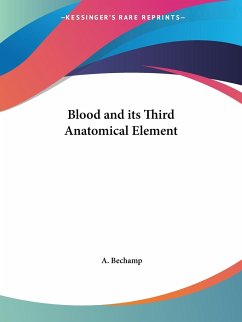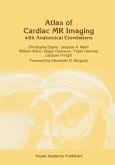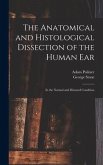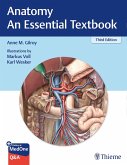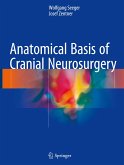Blood and its Third Anatomical Element is a scientific book written by Antoine Bechamp, a French biologist and chemist. The book delves into the study of blood and its components, specifically the third anatomical element, which Bechamp believed to be a vital part of the human body's immune system.Bechamp's theory challenged the popular belief at the time that bacteria were the sole cause of disease. He argued that the third anatomical element, also known as microzymas, were the fundamental units of life and played a crucial role in maintaining health and preventing disease.The book is divided into several chapters, each exploring different aspects of blood and its components. Bechamp discusses the structure and function of red blood cells, white blood cells, and platelets, as well as the various types of microzymas and their role in the body.Blood and its Third Anatomical Element is a seminal work in the field of microbiology and has had a significant impact on the study of immunology and disease. It is a must-read for anyone interested in the history of medical science and the evolution of our understanding of the human body.1912. Application of the Microzymian theory of the living organization to the study of the anatomical and chemical constitution of the blood and to that of the anatomical and physiological causes of the phenomena of its coagulation and of its other spontaneous changes.This scarce antiquarian book is a facsimile reprint of the old original and may contain some imperfections such as library marks and notations. Because we believe this work is culturally important, we have made it available as part of our commitment for protecting, preserving, and promoting the world's literature in affordable, high quality, modern editions, that are true to their original work.
